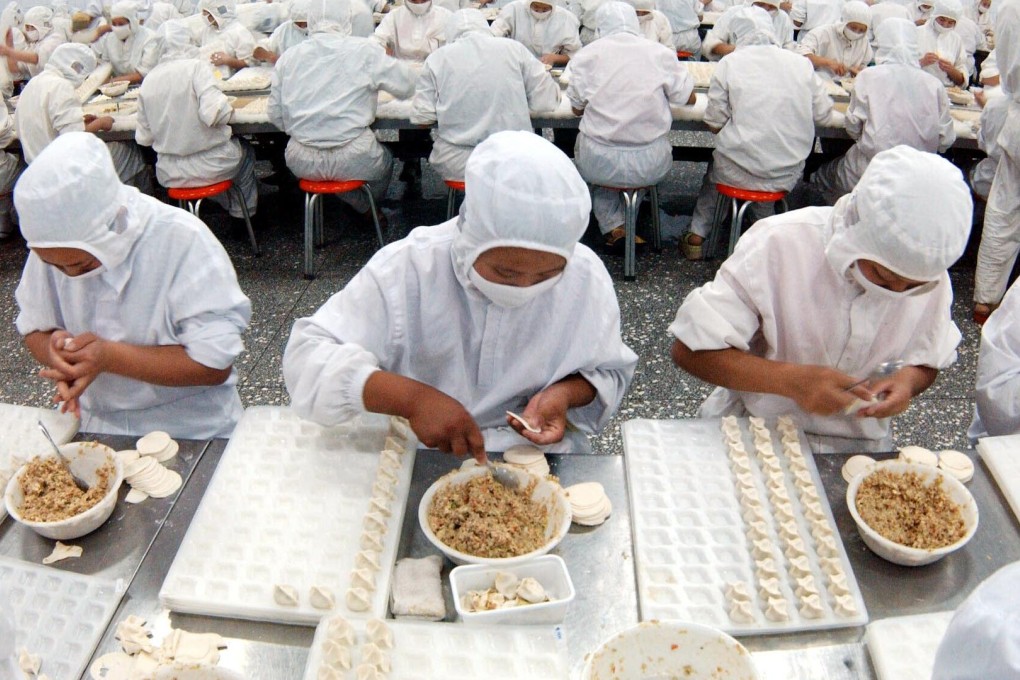Rapid rise of refrigeration transforms culture's concept of what is fresh

Refrigeration has grown rapidly in China. From 1995 to 2007, the ratio of urban families with refrigerators jumped from 7 to 95 per cent. Nicola Twilley, the author of a forthcoming book on refrigeration and a contributing writer at The New Yorker, estimates that within a decade China has refrigerated as much as it took the United States 50 or 60 years.
Being located in the heart of China's Central Plains between many agricultural regions and at the intersections of major rail lines and highways - which commonly includes popular staples such as dumplings and rice balls, massive refrigerated warehouses now extend over Zhengzhou's logistical and industrial zones, and huge factories like those of Sanquan Foods pump out hundreds of tons of frozen food each day to be shipped to markets throughout China and beyond.
"When you looked across the dumpling line, dumplings were raining off conveyor belts and into bags like raindrops. That's how fast they were coming," Twilley said, of her visit to Sanquan Foods.
China's rapid transition to refrigeration has sparked many farming, retail, and cultural changes.
"It's transforming what is grown where and the style of farming," Twilley said. "Once you can ship over great distances you can grow more than can be eaten locally; you can grow for export, so your farm size scales up."
Refrigeration changed the way that people in China shop, as it allows customers to store food , which has altered the culture's concept of freshness.
"What is fresh?" Twilley queried rhetorically. "Things don't have to be killed in front of you anymore for you to think they're fresh or to be in season [with refrigeration]."
Eating frozen food has also served changed how people in China eat. With many households having families where both the mother and father work, there is often not much time left over at the end of the day for cooking, so foods like Zhengzhou's frozen dumplings are increasing becoming the answer.